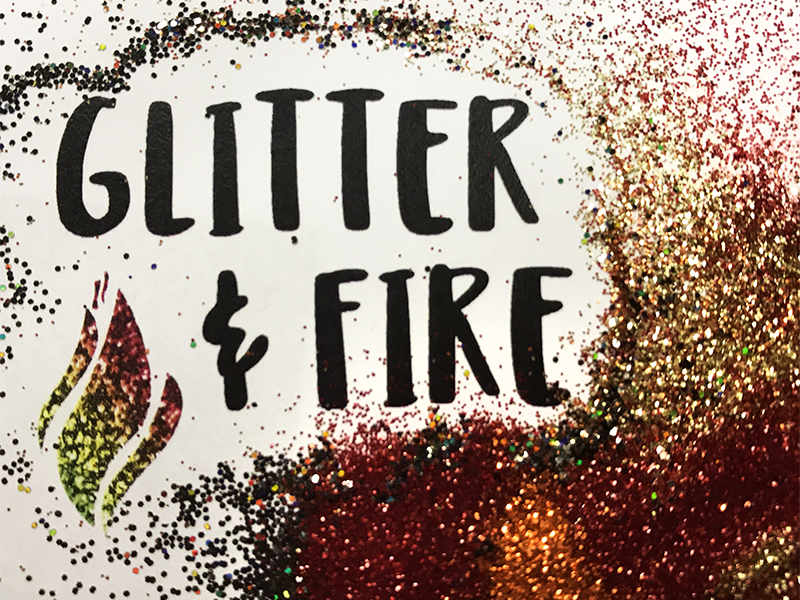(RNS) The “tongues of fire” Christians believe rained down on Pentecost just got a whole lot flashier with “Glitter and Fire,” a new project intended to promote the acceptance of LGBT people in the church.
Pentecost — which will be marked by most Christians on June 4 — comes from the New Testament’s Book of Acts. After his death, Jesus’ disciples met to discuss how to continue his ministry. Suddenly, “they saw what seemed to be tongues of fire that separated and came to rest on each of them.”
[ad number=“1”]
The disciples were “filled with the Holy Spirit” and began speaking in foreign tongues. They then departed to plant churches throughout the Roman world, making Pentecost the “birthday” of the Christian church.
Fast forward to today’s Pentecost, add a specially crafted liturgy, prayers, blessings and bags of red, gold, orange and black glitter to make what Parity, a New York-based LGBT advocacy group, hopes will be a way to affirm LGBT Christians.

Bags of glitter to be used for Glitter and Fire during Pentecost. Photo courtesy of the Rev. Marian Edmonds-Allen
“Pentecost’s liturgical color is red, but the other colors are there to represent diversity, which is what Pentecost is all about,” said Marian Edmonds-Allen, Parity’s executive director. “It is about the diversity in the church, which is beautiful, just as all of us humans are beautiful in our diversity.”
The glitter — which Parity will send to any interested congregation or ministry for free — can be mixed with oil for anointing or wrapped in paper and tossed in the air to rain down on people in special “glitter blessings.”
Neither is part of the usual Pentecost observance. And that, Edmonds-Allen said, is the point.
[ad number=“2”]
“What we have found is that people who wouldn’t darken the door of a church love the idea of receiving a blessing on the street,” she said. “And we found that people in churches love the idea of going out and being a witness, saying ‘We are LGBT-affirming.’ It is a way of affirming that within the context of their ministry and their church.”
Parity has played with glitter before. Its “Glitter Ash Wednesday,” held for the first time this year, provided churches with special purple glitter to mix with the usual palm ash as a way of showing support for the equality of LGBT Christians. According to Parity, glitter was sent to 200 congregations in 29 states and three countries.
[ad number=“3”]
Both the Ash Wednesday and the Pentecost projects are collaboration between Parity and Queer Virtue, an LGBT-affirming organization founded by Rev. Elizabeth Edmund, an Episcopal priest and activist.
While several major Christian denominations welcome and affirm LGBT members and clergy, others do not. The Episcopal Church, the Evangelical Lutheran Church in America, the Presbyterian Church (USA), the United Church of Christ and Metropolitan Community Church have full inclusion, but the United Methodist Church remains divided on the issue.
Glitter Ash Wednesday raised the hackles of some Christians. Jacob Lupfer, a Christian columnist for Religion News Service worried it deepened existing differences.
“American Protestantism is already sharply and visibly divided along pro- and anti-gay lines,” he wrote.
As Edmonds-Allen says and anyone who has ever cleaned up after a glittery craft project knows, glitter “never gives up.” It has a special power, she said, when applied to the forehead by another person.
“People love to experience the personal touch, especially people who are queer and haven’t been to church in a long time,” she said. “They haven’t had someone look them in the eye and say, ‘God loves you, just as you are,’ and when they do, it is very powerful.”





